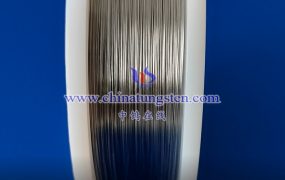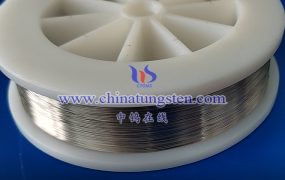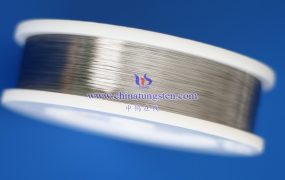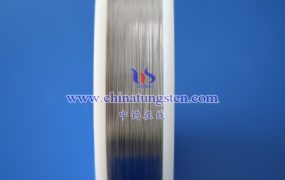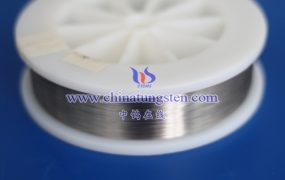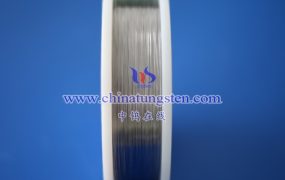The use environment of tungsten filament has a significant impact on its performance, which is mainly reflected in the following aspects:
- Temperature environment
High temperature environment:
Tungsten filament has a high melting point (usually between 3410℃ and 3422℃), so it can maintain good mechanical properties and stability in high temperature environment.
However, if the temperature is too high, the tungsten filament will expand and soften, thus affecting its service life and performance. Especially in incandescent lamps, the operating temperature of the filament is often between 2300~2800℃. If it exceeds the recrystallization temperature of the tungsten filament, the filament may sag due to its own weight, and in severe cases, it may even collide with the glass shell of the bulb, reducing the luminous efficiency of the bulb.
Temperature fluctuation:
Rapid changes in temperature may cause thermal stress in the tungsten filament, which in turn causes cracks or breaks.
- Gas environment
Vacuum or inert gas environment:
In a vacuum or inert gas environment, tungsten wire can maintain good stability and conductivity, because this can prevent the tungsten wire from oxidizing in the air, resulting in an oxide layer on the surface, which in turn affects its conductivity and mechanical properties.
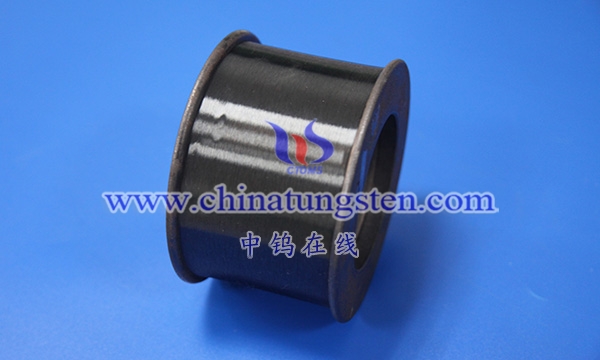
Oxidizing gas environment:
If the tungsten wire is in an oxidizing gas environment, such as a gas containing oxygen, water vapor, etc., an oxide film is easily formed on the surface of the tungsten wire, which will reduce its conductivity and life.
- Stress environment
Tensile stress:
During use, the tungsten wire will be subjected to a certain tensile stress, especially when it is wound into a filament or used in other occasions that require bending. Excessive tensile stress may cause the tungsten wire to break.
Thermal expansion stress:
Although tungsten wire has a low thermal expansion coefficient, it will still produce a certain amount of thermal expansion at high temperatures. If the tungsten wire is fixed or constrained, thermal expansion stress may cause it to deform or break.
- Other environmental factors
Humidity:
Excessive humidity can easily cause the surface of the tungsten wire to oxidize, causing the tungsten wire to break.
Impurities:
Impurities in the working environment may form bumps or even wounds on the surface of the tungsten wire, causing the tungsten wire to break easily. Especially in applications such as etching machines, the impact of impurities is particularly significant.

Electromagnetic field:
In certain specific applications, such as electron tubes and vacuum tubes, electromagnetic fields may affect the performance of tungsten wire. For example, strong electromagnetic fields may cause the electron migration phenomenon in the tungsten wire to intensify, which in turn causes lattice distortion and damage.
More details of tungsten wires, please visit website: http://tungsten.com.cn/tungsten-wires.html
Please contact CHINATUNGSTEN for inquiry and order of tungsten needles:
Email: sales@chinatungsten.com
Tel.: +86 592 5129595
